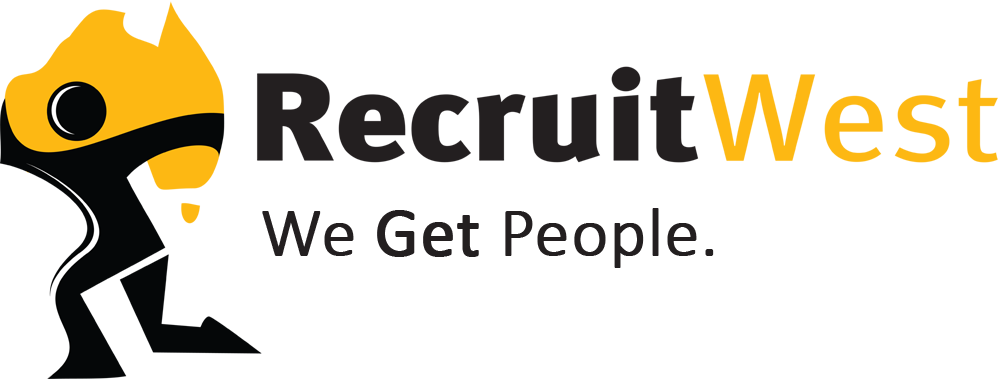Dealing with excessive heat is a fact of life for many workers – especially in Western Australia where hot workplaces are commonplace. And with summer approaching, it is even more important workers are aware of the pitfalls of working in hot conditions.
In the working context, Safe Work Australia defines fatigue as a state of mental and/or physical exhaustion that reduces a person’s ability to perform safely and effectively. Thus, heat fatigue can be a real problem when carrying out heavy work outdoors, especially in summer.
Other heat-affected areas that can be affected by fatigue include working in hot work processes - such as welding or working in foundries - or while wearing heavy protective clothing such as ‘HazMat’ suits. Obviously, the best way to prevent heat fatigue is to make the working environment cooler. Unfortunately, this can be very difficult if you are an outdoor worker in the mining, resource or construction industries.
Some of the workers most at risk of heat fatigue include:
• shift workers
• fly-in, fly-out workers (FIFO)
• drive in, drive out (DIDO)
• seasonal workers
• emergency service workers
• health workers out in the field.
Acclimatise to the hot conditions:
One good way of reducing heat fatigue outdoors is to allow their workers plenty of time to acclimatise to the hot conditions. This means letting employees start their work slowly and building up slowly to carry out the physical activities required in the hot environment.
It’s essential to provide plenty of water and electrolyte liquids available when working in hot environments. On average, this means workers in hot conditions should be encouraged to drink at least one cup of water (or electrolyte liquid) every 15-20 minutes.
Frequent breaks:
Frequent breaks should also be taken; preferably in areas that are cooler than the work environment. Where possible, heavy work should also be scheduled during the cooler parts of the day, with appropriate protective clothing such as hats and sunscreen worn.
Shift work can be used to minimise heat exposure, and assigning additional workers where necessary during excessively hot work-hours. There are also cases where working in hot conditions indoors can be a problem for some employees.
Air-conditioning:
They can also experience heat fatigue if the work environment is not air-conditioned. In these cases, it is recommended employers consider installing portable fans and air conditioners.
Recommendations from Safe Work Australia
If your workers are out in the field on a very hot day, Safe Work Australia recommends employers check the ‘permissible heat exposure’ threshold. This will vary according to the type of work being completed and the ambient air temperature within the working environment.
To help minimise heat fatigue, Safe Work Australia recommends the following guidelines:
• Where possible, avoid working during periods of extreme temperature - or minimise exposure time through job rotation
• Provide a cool area where workers can take a rest break and rehydrate in hot work environments
• Install ventilation and mechanical cooling devices in hot, small and enclosed spaces such as truck cabins
• Provide adequate facilities for rest, sleep, meal breaks, and onsite accommodation (where appropriate).
Wet Bulb Globe Temperature (WBGT)
In very hot conditions, the Department of Commerce advises that a person competent in heat assessment carry out a risk assessment. This may include the use of an appropriate heat stress index such as the Wet Bulb Globe Temperature (WBGT). This index takes into account air temperature, radiant heat, humidity and air movement.
It also considers possible adjustments such as physical workload, clothing and work organisation.
The Thermal Work Limit (TWL)
The Thermal Work Limit (TWL) is another alternative approach increasingly being used in Australian workplaces: particularly in the resource industry. It accounts for all of the above factors, while also providing helpful guidance on managing workloads and fluid intake.


